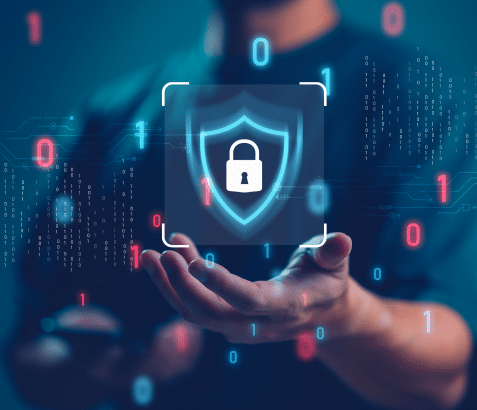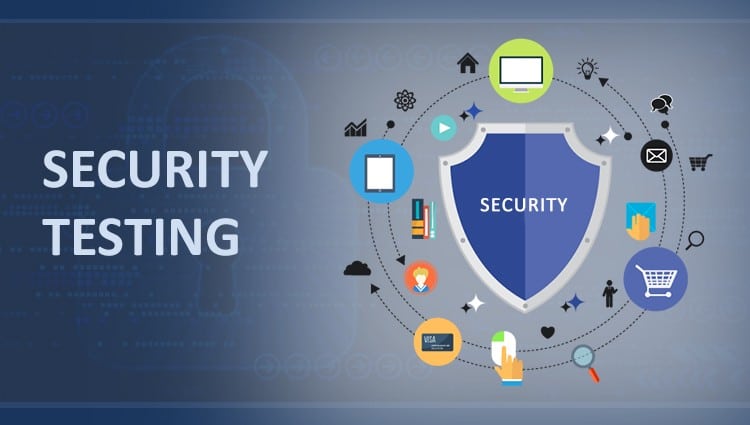Endpoint Security
Simple Definition for Beginners:
Endpoint security is a cybersecurity approach focused on protecting devices such as computers, laptops, smartphones, and tablets from security threats.
Common Use Example:
An organization deploys endpoint security solutions like antivirus software, firewalls, and encryption tools to safeguard employee laptops and mobile devices from malware and unauthorized access.
Technical Definition for Professionals:
Endpoint security refers to the protection of endpoint devices, including desktops, laptops, servers, mobile devices, and IoT devices, from cybersecurity threats such as malware, ransomware, phishing, and unauthorized access.
The goal of endpoint security is to secure the endpoint devices themselves, as they are often the entry point for attacks and can be vulnerable due to factors such as user behavior, software vulnerabilities, and network connectivity.
Key components and practices of endpoint security include:
- Antivirus/Anti-malware: Deploying software solutions that scan, detect, and remove malicious software and threats from endpoint devices.
- Firewalls: Implementing network firewalls and host-based firewalls to monitor and control incoming and outgoing traffic to and from endpoints.
- Endpoint Detection and Response (EDR): Utilizing advanced threat detection and response tools that continuously monitor endpoint activities for signs of suspicious behavior or anomalies.
- Patch Management: Ensuring that endpoint devices are updated with the latest security patches, software updates, and firmware updates to address vulnerabilities.
- Encryption: Encrypting sensitive data stored on endpoint devices and during data transmission to protect against unauthorized access and data breaches.
- Access Control: Implementing access control measures such as strong authentication, privilege management, and least privilege principle to limit access to sensitive resources.
- Device Management: Using mobile device management (MDM) and endpoint management solutions to centrally manage and secure devices, enforce security policies, and monitor compliance.
- Data Backup and Recovery: Implementing regular data backups and recovery procedures to protect against data loss due to ransomware, hardware failure, or other incidents.
- User Awareness and Training: Educating users about cybersecurity best practices, phishing awareness, and safe browsing habits to reduce the risk of social engineering attacks.
Effective endpoint security is essential for organizations to mitigate cybersecurity risks, protect sensitive data, comply with regulations, and maintain operational continuity.
Endpoint Security

